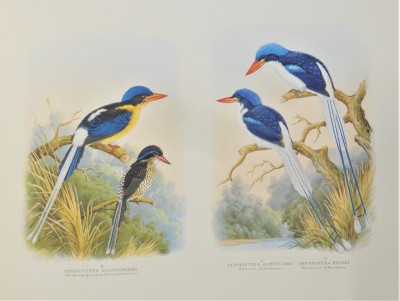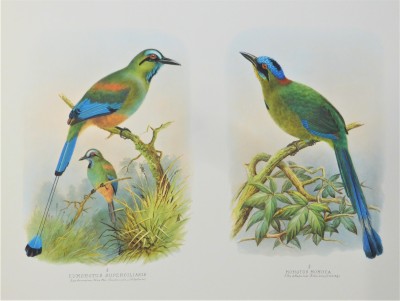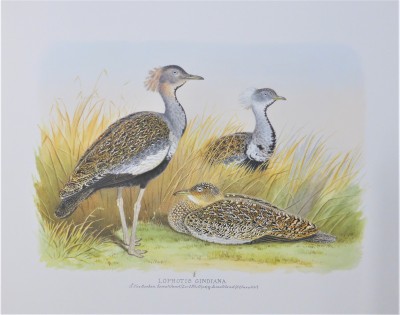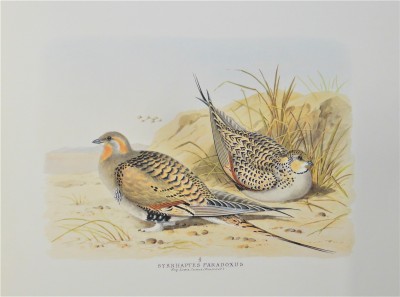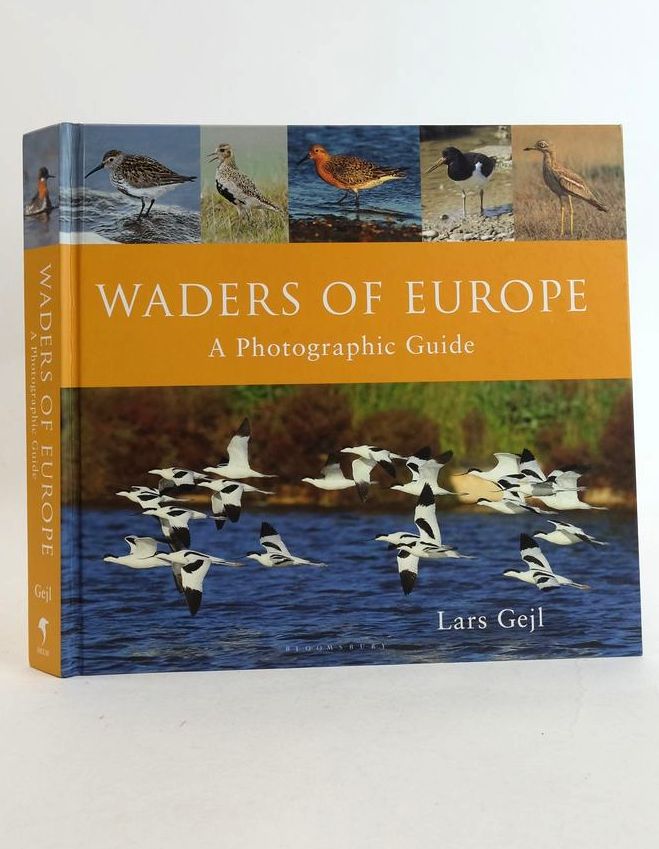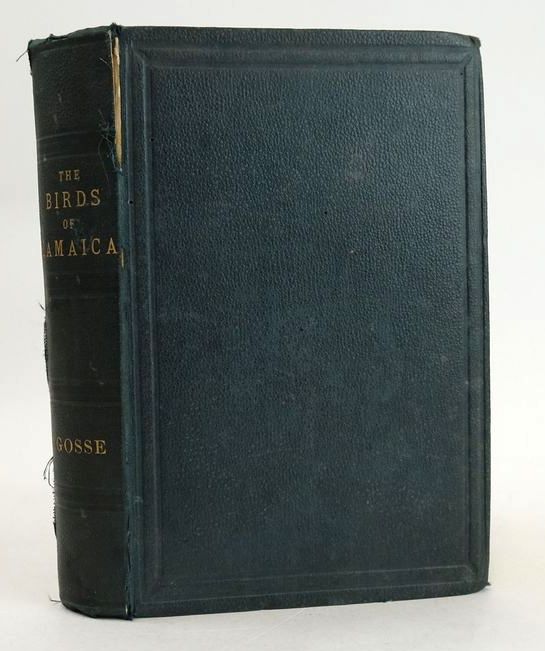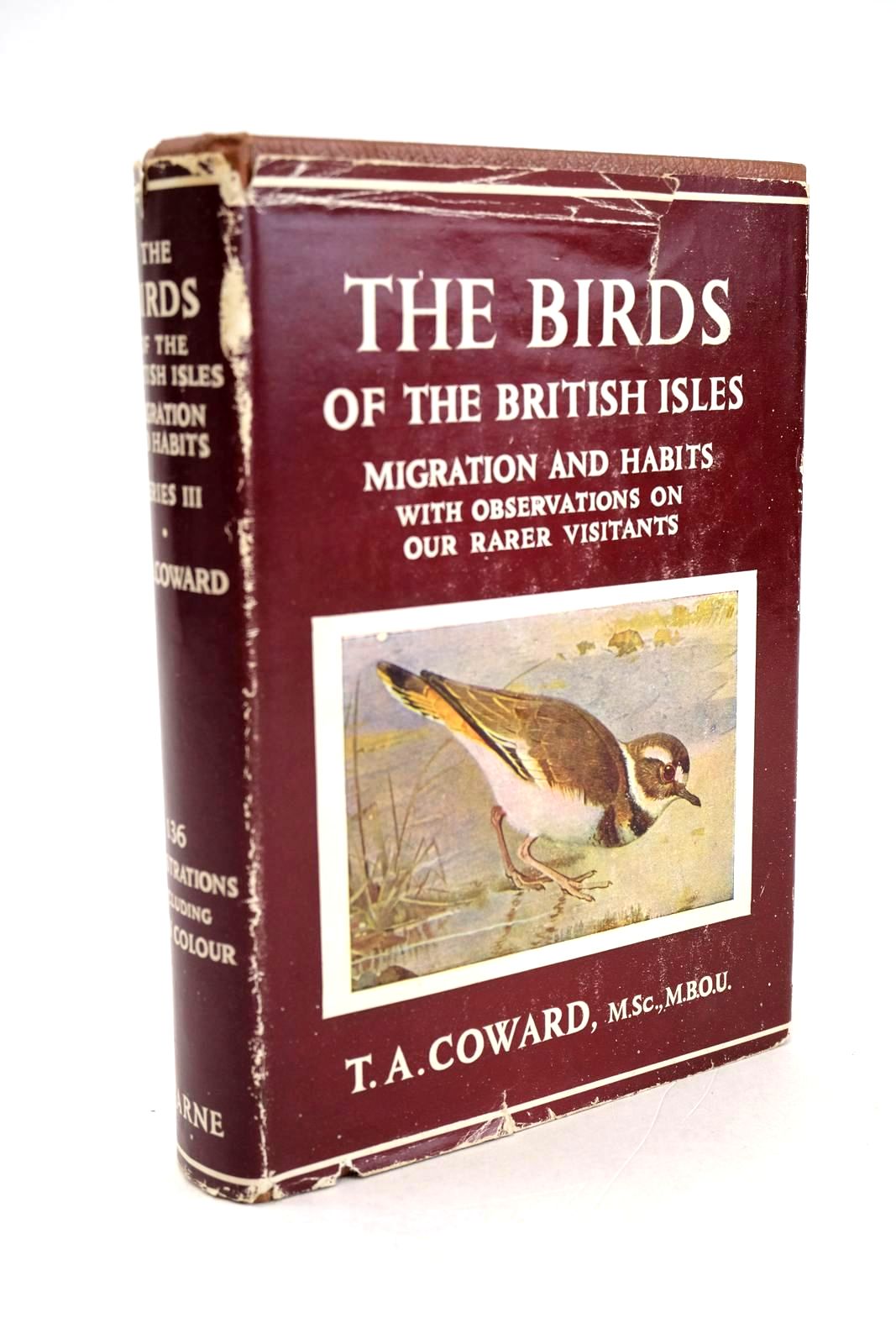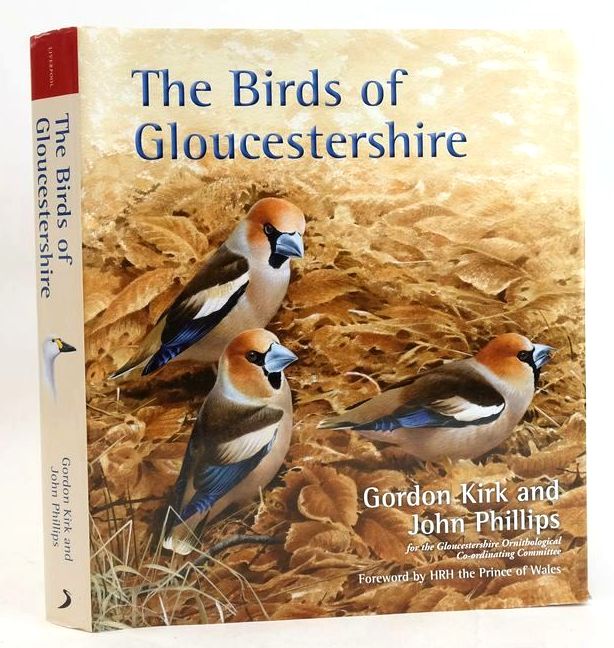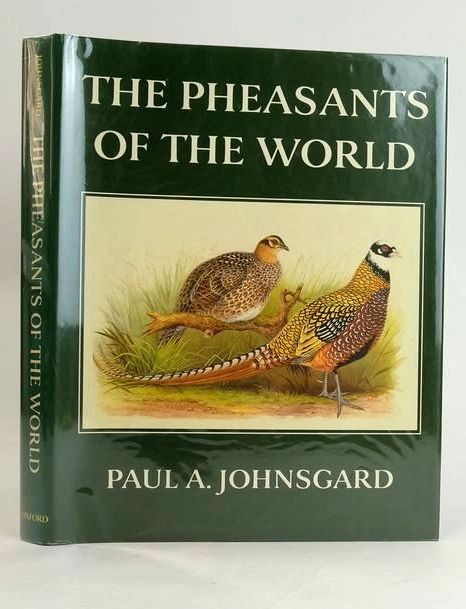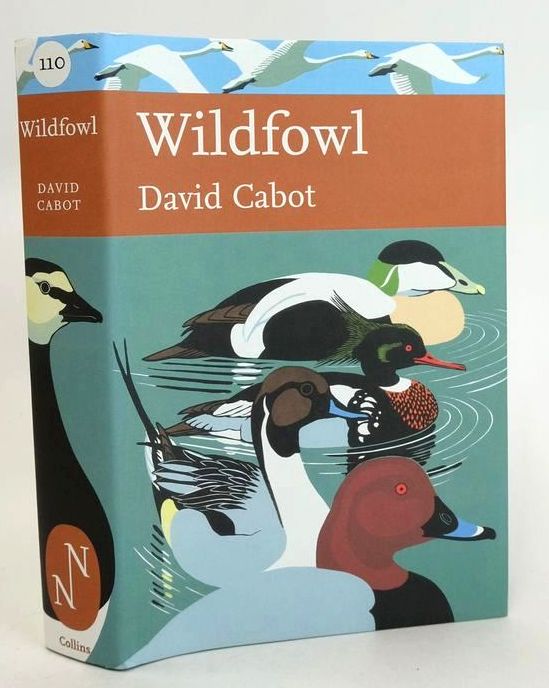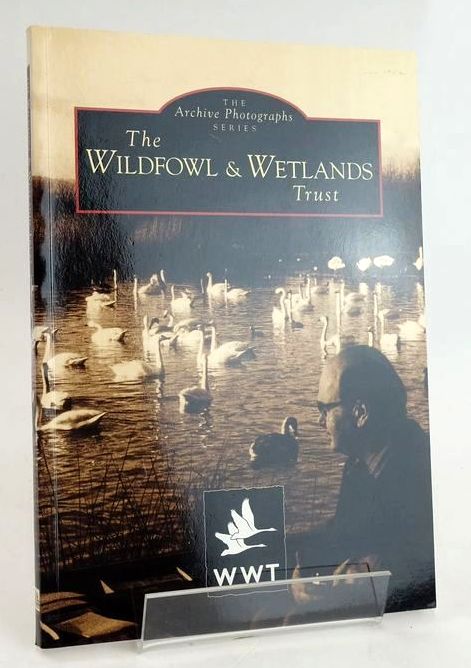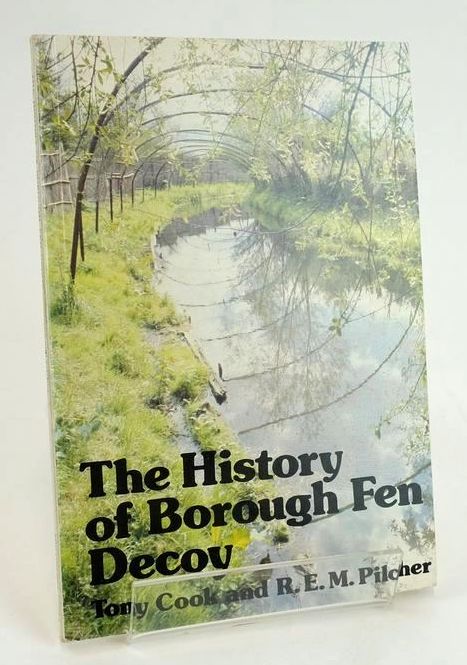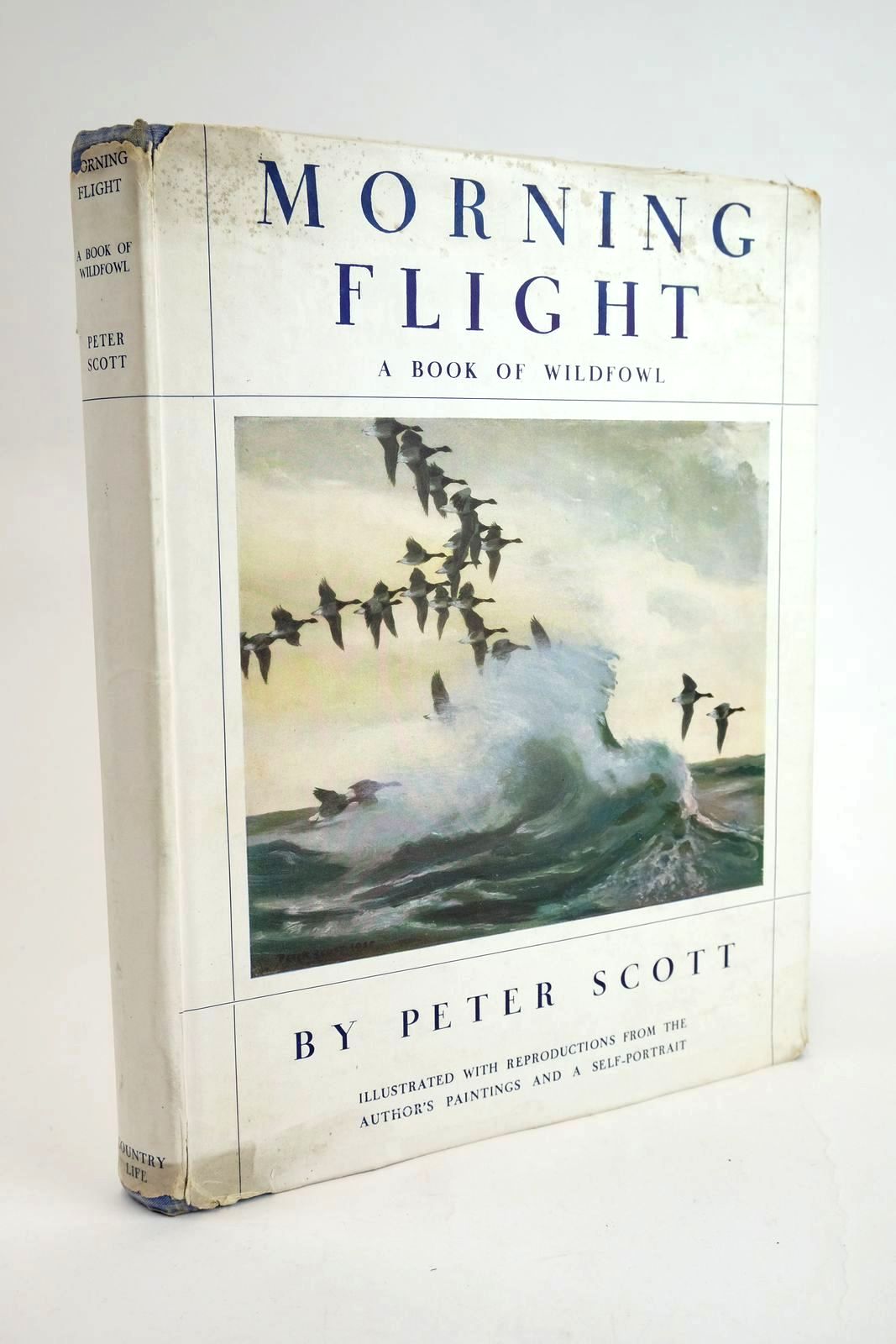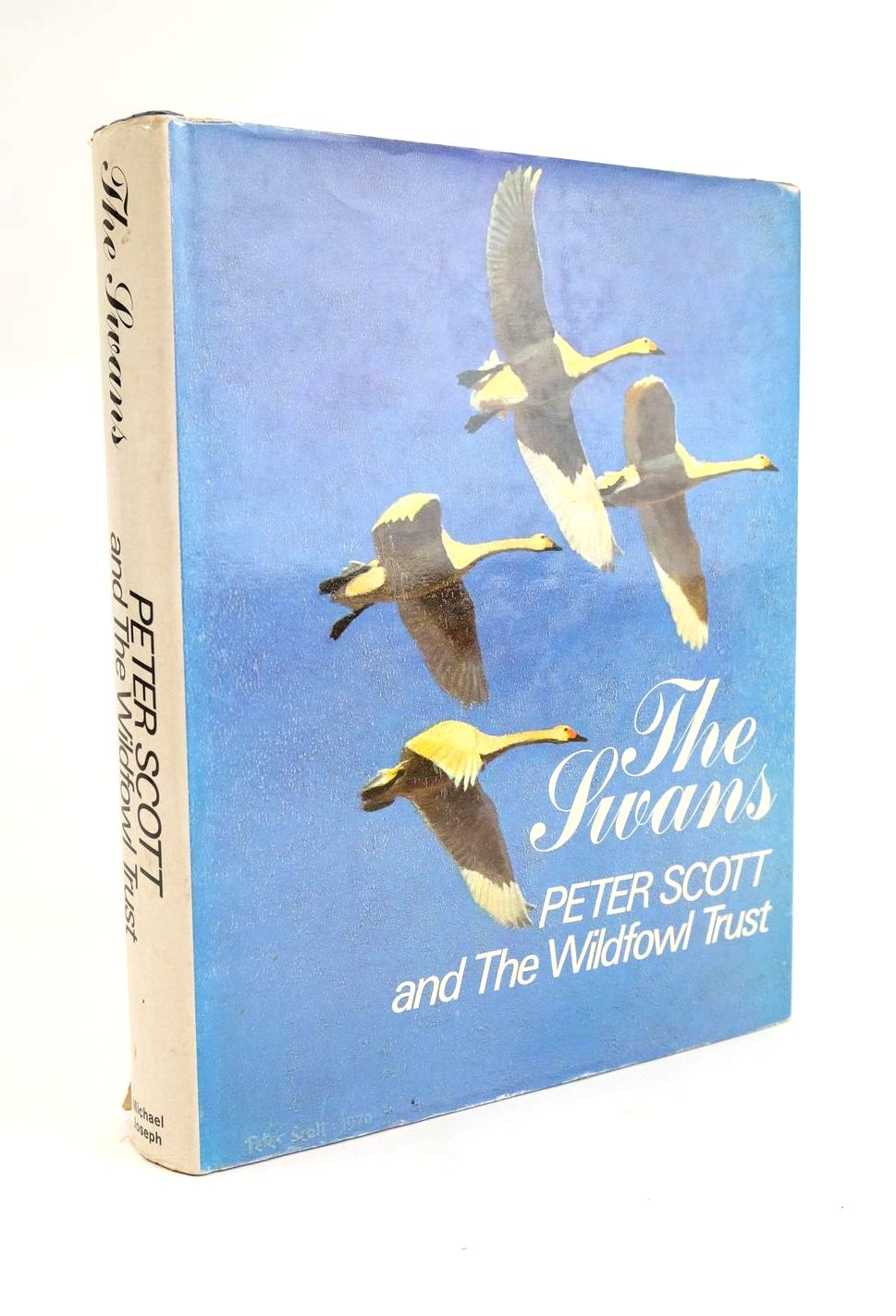The Bird Paintings of Henry Jones
The Bird Paintings of Henry Jones (text by Bruce Campbell)
Henry Jones? Bird Paintings? Being a lover of birds and an admirer of the works of the great bird artists such as Audubon, Thorburn and Gould, I was immediately intrigued when I saw the title of this book. Who was Henry Jones? Why had I not heard of him before? The answer lay in Bruce Campbell’s introduction to the book.
Henry Jones was and still is a mysterious figure. According to Mr. Campbell, much of what we know about him is found in an unsigned obituary of a mere 200 words in Ibis, the journal of the British Ornithologists’ Union. He was born in 1838 near Folkestone and joined the army at the age of 22. He progressed through the ranks, becoming Captain at age 38 and finally retiring with the rank of Major, having served over 15 years in India and Cyprus.
Book in Slipcase / Oriolus Ceylonensis
Henry Jones devoted many years of his life to a detailed study of birds, painting them with scientific accuracy and brilliant colours. One of the finest treasures in the library of the Zoological Society of London is the magnificent series of over one thousand watercolours of birds, left to the Society after his death in 1921, 24 of which are reproduced in this volume in celebration of the 150th anniversary of the Society.
Tanysipitera Salvadoriana / Eumomotus Superciliaris
Apart from three subjects used as cover pictures for the magazine Zoo Life and a couple used in The Book Of Birds by A.M. Lysaght, the only publications in which Henry Jone’s paintings had appeared at the time of publication of this book were D.A. Bannerman’s The Birds Of Tropical West Africa, Birds of West and Equatorial Africa and Birds of Cyprus. There have been several since, notably a series written by Paul A. Johnsgard, a world authority on waterfowl behaviour. Thanks to Dr. Bannerman we do know that, before World War I, Jones had completed many paintings for a monograph on bustards to be written by W.R. Ogilvie-Grant, but sadly this work was never published.
Lophotis Gindiana / Syrrhaptes Paradoxus
Apart from being a showcase for the work of Henry Jones, this book is valuable for its descriptions of each of the subjects. The text details habitats, differences in plumage of the sexes, the calls, and their breeding and feeding habits, all written in a way that will appeal to expert and amateur ornithologists alike.
In summary, I now know who Henry Jones was and concur with Mr. Campbell that he deserves his place in the ranks of British bird artists. This beautiful book is worthy of being included in any bird-lover’s library.
Contributed by Chris
(Published on 15th Feb 2022)




